
Sauvignon Blanc

Carménère is a red wine variety that is quite often full of bold cherry, plum, pepper, and spice. It originated in France, but little is found there today after being almost wiped out by phylloxera. 98% of Carménère is grown in Chile!
A few more notes on Carménère:
The following guide will illustrate what Carménère tastes like (aroma, flavor, and structure). It will also tell you where it’s from, provide you with common food recommendations, similar varieties, and let you know why you should be drinking more of it!
Carménère wines show both red and black fruit usually but have a lot of plum and black cherry. Bitter chocolate and coffee notes are also common. It can be an incredibly deep wine.
There’s a nice “meaty” element to Carménère that isn’t always found in the other red wines in the same family.
Carménère is full of pyrazines, a compound that shows flavors of green pepper, chives, jalapenos, etc. These are notes that you will also find in other Bordeaux varieties.
STANDARD TASTING NOTES: These are your benchmark exam-style tasting notes.
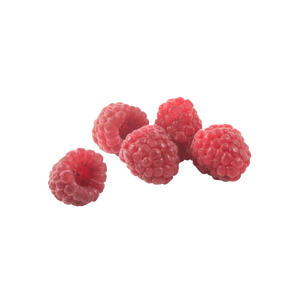
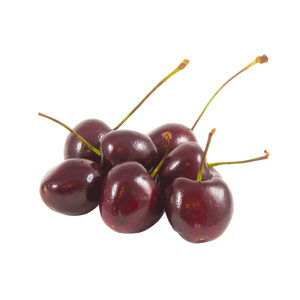
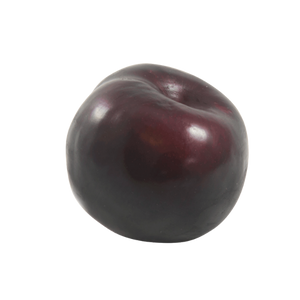
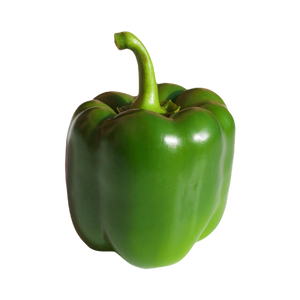
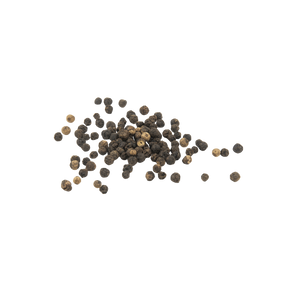

These are the most familiar tastes and aromas I typically find in a glass of Carménère. It’s also common to find pomegranate, blackberry, black currant, violets, black pepper, coffee, vanilla, and herbs (mint) depending upon where the wine is from, and how it is made.
Remember, wine tastes are somewhat relative. There may be some different tasting notes you consistently find while drinking Carménère.
There is no “one size fits all” when it comes to structure for every grape, however, there IS a general range when it comes to body, acid, alcohol, and tannin for each. Below are general guidelines for classic representations. Growing conditions and winemaking techniques can impact each of the following.
Think of that weight as a liquid scale, from water (light body) to heavy cream (full body) in your mouth. It can vary, but Carménère is somewhere between medium to full!

You can judge acidity based on whether your mouth waters after you take a sip of something. The more you salivate, the higher the acid. Carménère has medium to medium-plus acid.

You can feel alcohol ‘burn’ the back of your throat when you take a sip. Carménère ranges, but is typically med-high in alcohol.

Tannin contributes to the dryness of a wine
. It comes from the skin of the grapes during the winemaking process. You can tell a wine has high tannin if it dries out your tongue. It imparts almost a bitter flavor. Carménère has pretty smooth tannins.

Primarily in: The Central Valley (Maipo and Rapel)
Despite originating in France, you’ll find that Carménère is practically extinct from that area. 95% of Carménère is grown in Chile.
MAIPO VALLEY: This is the most well-known region within Chile and the area of largest production (most of the big producers are headquartered here). Because it’s the capital city area (Santiago), there’s a good amount of smog around and Carménère can vary in quality. If it’s good, there’s a great mix of dark and red fruit, green elements, and spice.
RAPEL VALLEY: This is where the most quality Carménère is sourced. It’s a very dry area that is focused mostly on red wines. Good producers source their grapes from Colchagua Valley or Cachapoal Valley, which are subregions within! Most bulk red wine is from Colchagua, but both areas produce delicious Carmenere. The best having plummy dark fruits, spice, chocolate, green pepper, and herbal notes.
You can also find small amounts of Carménère from France, Italy, USA, and China.
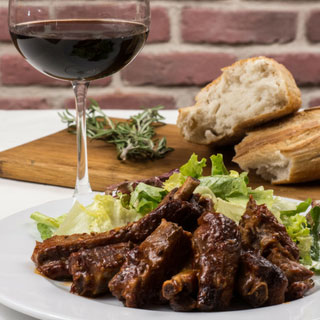
The ripe fruit flavors and spice notes make this wine a great pairing for sweet and savory sauces. Often there’s a smokey element to Carménère as well which will really bring out the flavor of most BBQ dishes.
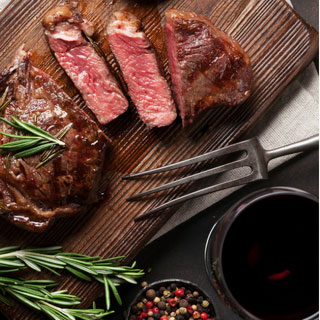
This grape has very rustic and smokey elements. A perfect complement to anything grilled. The smoother tannin in Carménère seems to do better with nonfatty meats. Add BBQ sauce for an even better pairing!
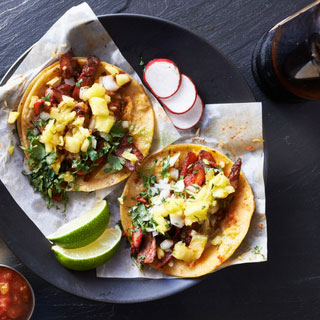
Mexican cuisine is often full of peppers, especially jalapenos! Carménère shows a LOT of vegetal notes, mainly green pepper. So as long as the dish isn’t TOO spicy, Mexican and Carménère make for a great pairing. Corn is a plus as well.
Other Pairings: Pasta, Pesto, Peppers, Stews, Pork, Lamb, Salsa, Herbs, Mint
(common confusions)
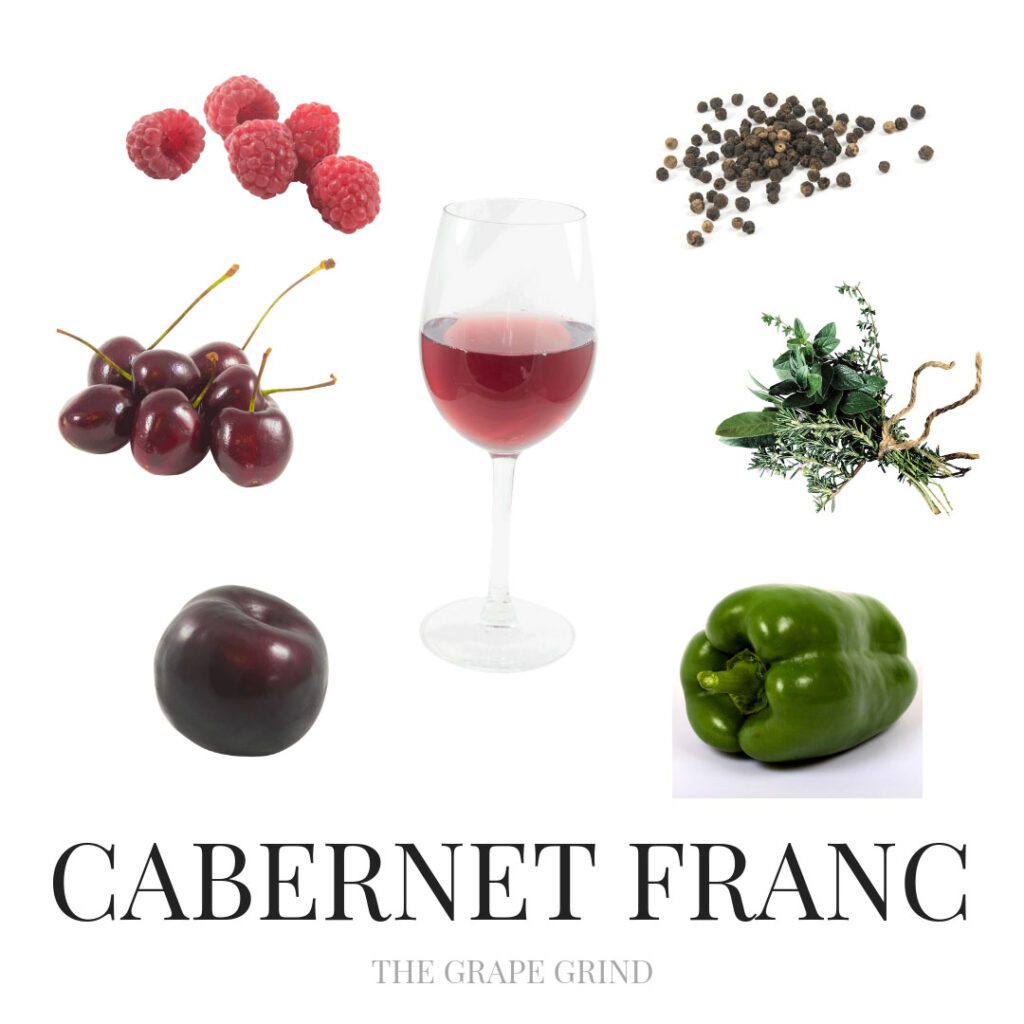
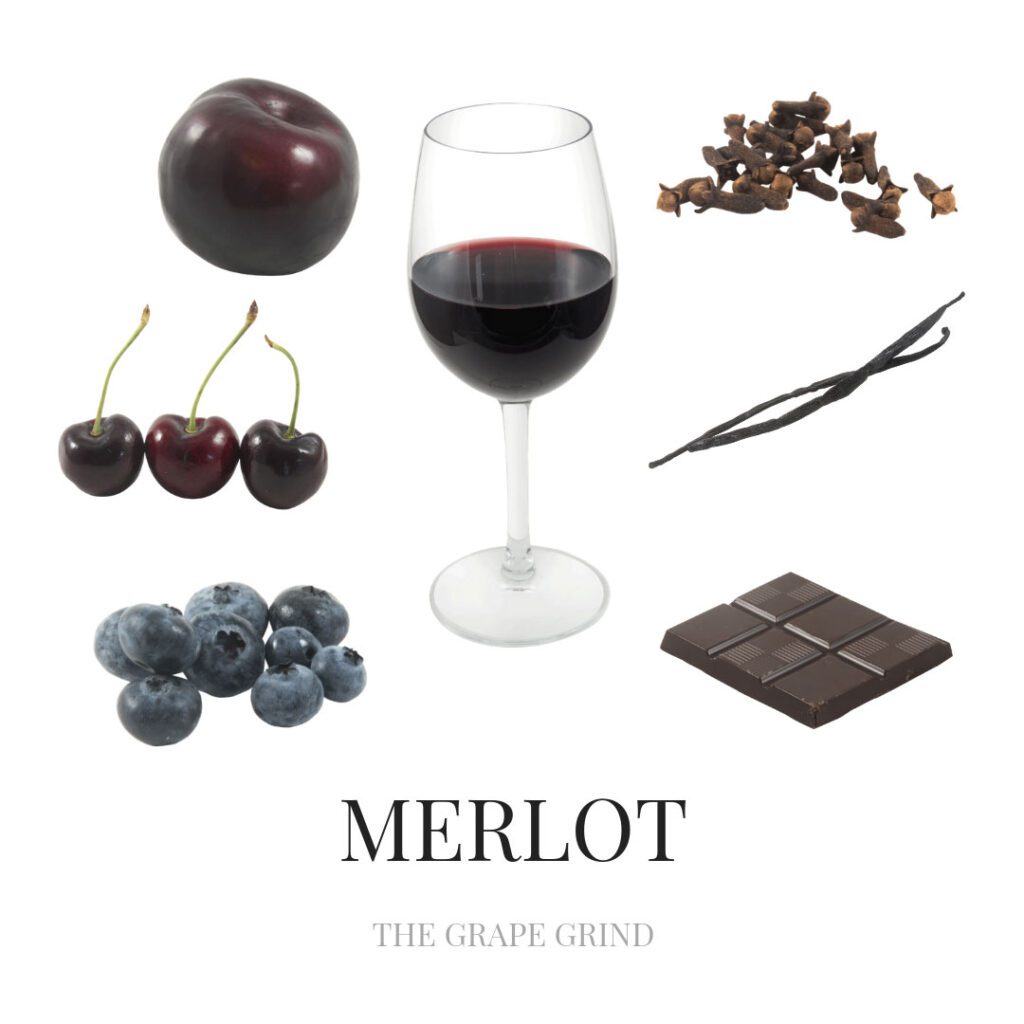
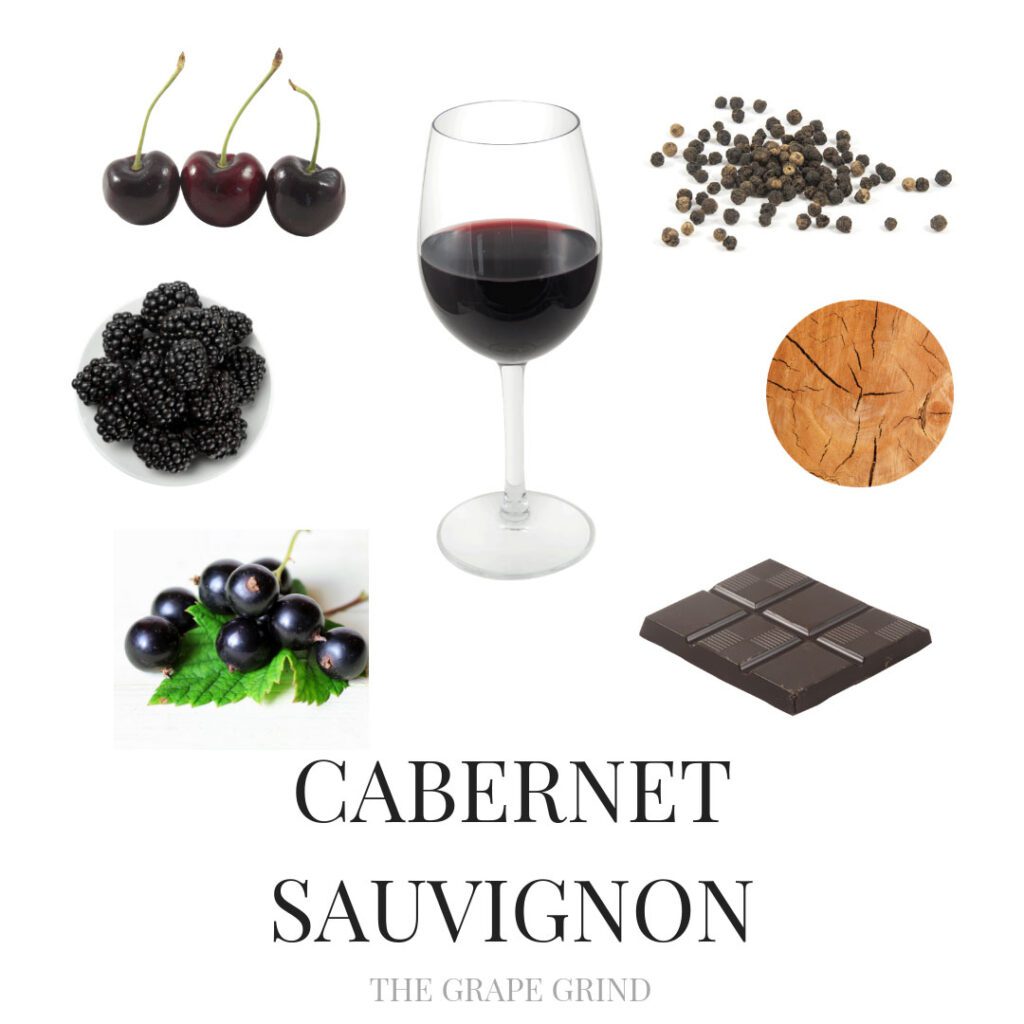
↑ Some of the links above are Amazon affiliate links, which means that I will earn a commission if you choose to purchase them. I will never recommend anything that isn’t valuable or useful in my wine study journey, or something I have no experience with. I hope these products/resources are equally helpful in your wine journey.
No matter your current skill level, we can help you improve – pass that test, help your customers, impress your peers, gain trust and respect as a knowledgable and experienced wine professional.